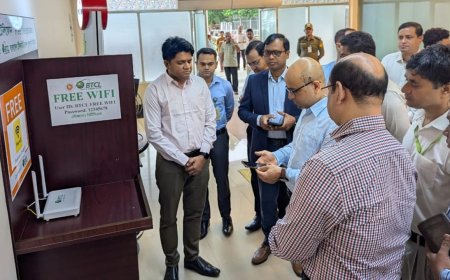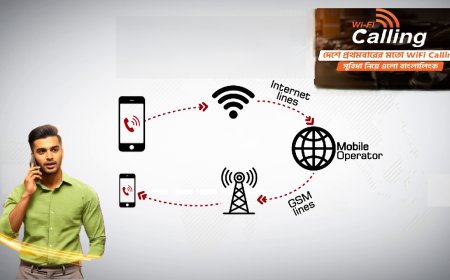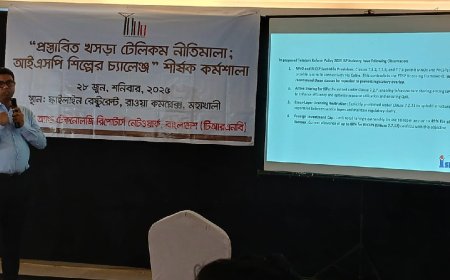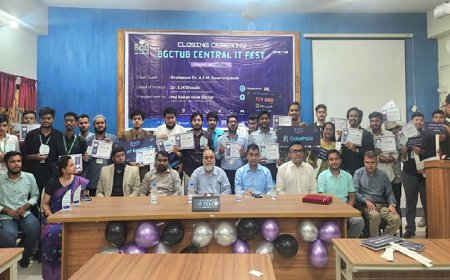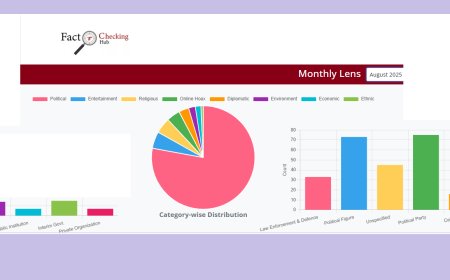Remote Encryption Attacks Surge; Measures to Stay Protected from Remote Ransomware

Ransomware has emerged as a significant threat to organizations, and combating this ever-evolving cyber menace is becoming increasingly challenging. As attackers continuously refine their tactics and improve their attack methodologies, defending against such cyber intrusions demands heightened vigilance.
According to Sophos X-Ops, "remote encryption" attacks witnessed a substantial increase toward the end of 2023. In this attack method, ransomware operators exploit weakly secured endpoints to encrypt data on other devices connected to the same network. Sophos X-Ops reported a 50% rise in remote ransomware attacks in 2024, marking a 141% increase compared to 2022.
The Rise of Remote Ransomware
While remote encryption is not a new technique, it has gained popularity among modern ransomware groups due to its ability to bypass many endpoint security measures. By circumventing defensive systems such as memory scanning and monitoring tools, attackers can encrypt files externally, making the attack more difficult to detect and prevent.
Microsoft’s 2023 Digital Defense Report revealed that nearly 60% of human-operated ransomware attacks involved remote encryption, with 80% of these attacks originating from unmanaged devices. The 2024 Microsoft report further indicated that 70% of ransomware attacks now incorporate remote encryption techniques.
Mitigation Strategies for Protection
To safeguard against remote ransomware threats, Sophos recommends the following measures:
-
Active Asset Management – Regularly track and monitor all devices and endpoints to detect vulnerabilities and unauthorized access attempts.
-
Identify Unmanaged Machines – Scan for unmonitored devices that could serve as potential entry points for attacks.
-
Utilize Security Services – Deploy tools that detect suspicious behavior and monitor real-time file transfers to identify potential threats.
-
Strengthen Cybersecurity Practices – Use strong passwords, keep software updated, implement multi-factor authentication, and provide employee training to mitigate risks.
As ransomware tactics evolve, organizations must stay ahead by reinforcing their cybersecurity frameworks and adopting proactive defense mechanisms.









